Explore Beizhai Ruins: A Glimpse into China’s Ancient Past
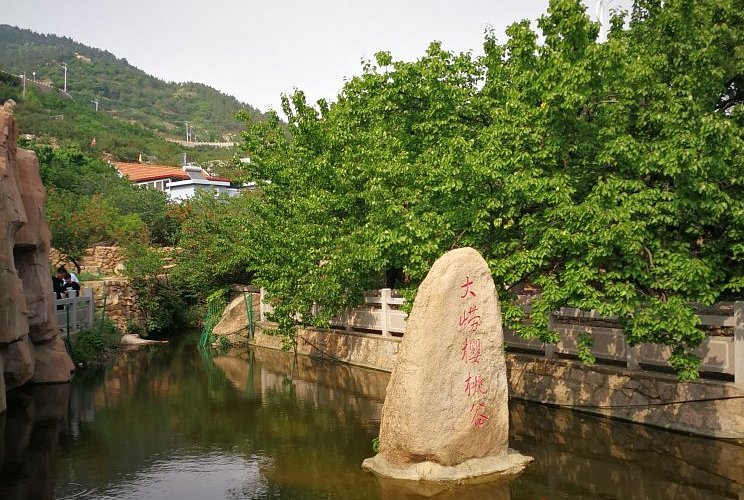
An Essential Guide to Visiting Beizhai Ruins
In This Guide
- An Essential Guide to Visiting Beizhai Ruins
- The Rich History and Legends of Beizhai Ruins
- Main Highlights: What You Absolutely Can’t Miss
- Planning Your Visit: A Practical Guide
- Tickets: Prices, Booking, and Tips
- How to Get There: A Complete Transportation Guide
- Local Cuisine and Accommodation Nearby
- Frequently Asked Questions
- Final Thoughts on Your Trip
As you wander through the enchanting landscapes of Qingdao, one of China’s coastal gems, you might stumble upon a hidden treasure steeped in history—the Beizhai Ruins (北寨遗址). Nestled in the serene Laoshan District, these ancient remnants tell tales of a bygone era, merging the natural beauty of the region with a narrative of cultural significance.
The Beizhai Ruins are not just mere remnants of the past; they symbolize the intersection of different cultures, particularly the fascinating amalgamation of German architecture with traditional Chinese design. This unique juxtaposition provides visitors with a captivating glimpse into Qingdao’s rich colonial history, particularly during the late 19th and early 20th centuries when the city was under German influence.
As you explore this historical site, you’ll find that the ruins are enveloped by lush greenery and majestic mountains, creating a picturesque backdrop that invites exploration and reflection. Whether you’re an avid history buff, a photography enthusiast, or simply seeking a serene escape from bustling city life, Beizhai Ruins offers an immersive experience that resonates with the spirit of Qingdao’s storied past.

Beizhai Ruins.
Why Visit the Beizhai Ruins?
- Cultural Significance: Delve into the historical narrative of Qingdao and understand the impact of colonialism on its architectural landscape.
- Stunning Scenery: Enjoy breathtaking views of the surrounding Laoshan Mountains and the tranquil atmosphere that the ruins provide.
- Unique Architecture: Witness the fascinating blend of German and Chinese architectural styles, a testament to the city’s multicultural heritage.
Prepare to embark on a journey through time at the Beizhai Ruins, where history, culture, and natural beauty converge in a mesmerizing experience that will leave a lasting impression.

Beizhai Ruins.
The Rich History and Legends of Beizhai Ruins
A Journey Through Time: The Rich History and Legends of Beizhai Ruins
Nestled in the picturesque Laoshan District of Qingdao, the Beizhai Ruins (北寨遗址) offer a fascinating glimpse into China’s past, steeped in both historical significance and local legends. These ancient ruins, dating back to the Neolithic Age, are a testament to the early agricultural societies that once thrived in this region. As you wander through the remnants of this archaeological site, you will encounter not only the echoes of history but also enchanting tales that have been woven into the fabric of local culture.
Historical Significance
The Beizhai Ruins are believed to be remnants of a settlement that flourished during the late Neolithic period, roughly 5,000 years ago. Archaeological excavations have uncovered a wealth of artifacts, including pottery, tools, and remains of ancient dwellings, which provide insight into the daily lives of the people who once inhabited this area. This site is particularly significant as it illustrates the transition from nomadic lifestyles to settled agricultural communities, marking a pivotal point in Chinese history.
The ruins are characterized by their unique construction techniques, which reflect the ingenuity of early human settlements. The layout of the site suggests a well-organized community, with structures designed for both living and communal activities. This organization indicates that the inhabitants of Beizhai were not only skilled farmers but also adept at social cooperation, laying the groundwork for future Chinese civilization.

Beizhai Ruins.
Legends of Beizhai
In addition to its historical importance, the Beizhai Ruins are steeped in local legends that add a layer of mystique to the site. One popular tale speaks of a benevolent deity who once roamed the hills of Laoshan, watching over the people and ensuring bountiful harvests. According to legend, this deity resided in a hidden cave near the ruins, and it is said that offerings made at the cave entrance would bring good fortune and protection to the community.
Another captivating story involves a legendary warrior who defended the settlement from invaders. It is believed that this hero, armed with a magical weapon, could summon storms to thwart his enemies. The warrior’s spirit is said to linger in the area, and locals often recount tales of sudden gusts of wind and flashes of lightning that are attributed to his protective presence.
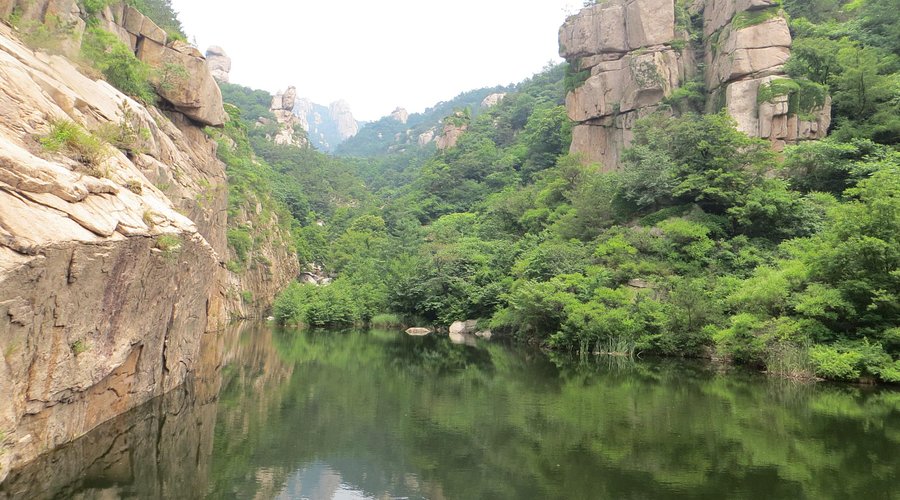
Beizhai Ruins.
Cultural Impact
The Beizhai Ruins serve not only as a significant archaeological site but also as a source of inspiration for local artists and writers. The blend of history and folklore has made the ruins a popular subject in various forms of art, from poetry to traditional paintings. Visitors often find themselves captivated by the stories that have been passed down through generations, connecting the past with the present in a harmonious tapestry of culture.
Moreover, the site plays a vital role in educational initiatives aimed at preserving and promoting Chinese history. Local schools often organize field trips to the Beizhai Ruins, where students can learn about their heritage while engaging with the artifacts and legends that shape their identity.
Conclusion
The Beizhai Ruins are a remarkable intersection of history and legend, offering international travelers a unique opportunity to delve into the rich tapestry of Chinese culture. Whether you are a history buff, a lover of folklore, or simply seeking a serene escape in nature, the Beizhai Ruins promise an enriching experience that lingers long after you leave. As you walk among the ancient stones, take a moment to reflect on the lives that were once lived here and the stories that continue to resonate through the ages.

Beizhai Ruins.
Main Highlights: What You Absolutely Can’t Miss
Discovering the Beizhai Ruins: A Journey Through Time
Nestled in the picturesque Laoshan District of Qingdao, the Beizhai Ruins (北寨遗址) provide an intriguing glimpse into China’s historical tapestry. This site, rich in cultural heritage, is a must-visit for international travelers keen on exploring Chinese history and architecture. Here’s a guide to the main highlights you absolutely can’t miss when visiting this remarkable location.
1. Exploring the Ruins
As you wander through the Beizhai Ruins, you’ll encounter remnants of ancient structures that once thrived in this region. The architectural designs reflect a fascinating blend of Chinese and German influences, owing to Qingdao’s historical ties with Germany. Pay attention to the intricate stone carvings and remnants of walls that hint at the area’s storied past.
2. Laoshan Mountain as a Backdrop
The Beizhai Ruins are set against the majestic backdrop of Laoshan Mountain, one of the most revered mountains in Taoist culture. Take a moment to gaze at the surrounding natural beauty, which enhances the spiritual atmosphere of the ruins. Hiking trails leading up the mountain offer panoramic views—perfect for photography enthusiasts.
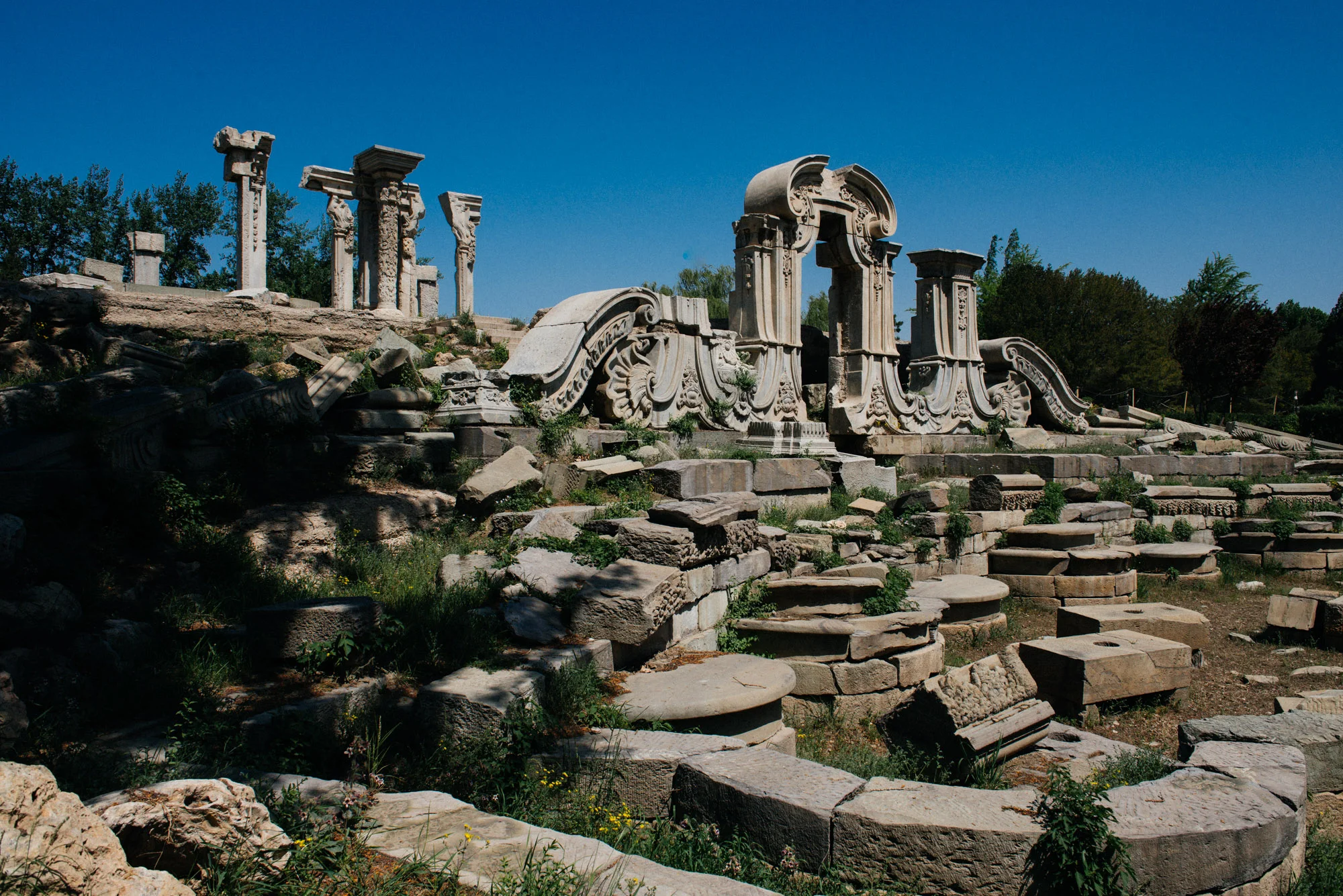
Beizhai Ruins.
3. Cultural Significance
The Beizhai site holds significant historical importance, providing insight into the region’s development over centuries. It was once a vital settlement, and understanding its role in local history enriches your visit. Look for informational plaques that detail the archaeological findings and their implications for our understanding of ancient Chinese societies.
4. The Cherry Festival
If your visit coincides with the cherry blossom season, you’re in for a treat! The nearby cherry orchards host a vibrant festival that attracts locals and tourists alike. Indulge in the unique experience of picking cherries directly from the trees, and enjoy the festive atmosphere filled with music, food, and cultural performances.
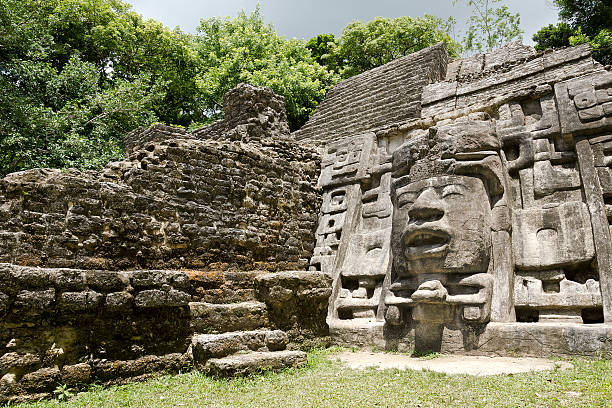
Beizhai Ruins.
5. Nearby Attractions
After exploring the ruins, consider visiting some of the nearby attractions. The Qingdao Hualou Palace and Zhanshan Temple are both within a short drive and offer additional layers of historical and cultural exploration. Don’t forget to sample the local cuisine at nearby restaurants, where you can savor delicious Shandong dishes, including the famous Qingdao beer.
6. Photography Opportunities
The Beizhai Ruins present myriad opportunities for photography. The juxtaposition of ancient stones against the backdrop of Laoshan Mountain creates breathtaking compositions. Golden hour, just before sunset, is particularly magical as the light casts a warm glow over the ruins.
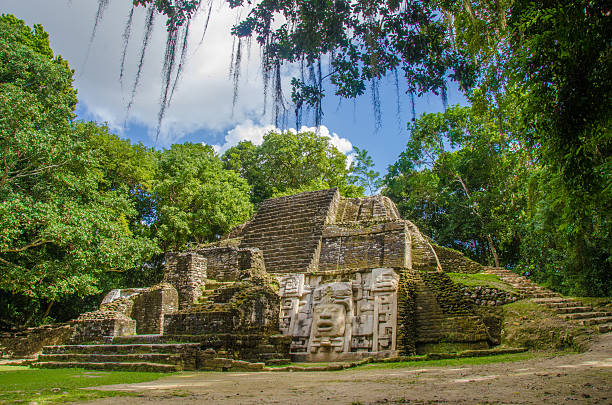
Beizhai Ruins.
7. Practical Information
- Location: Beizhai Street, Laoshan District, Qingdao 266100, China
- Opening Hours: Open 24 hours, allowing you to visit at your convenience.
- Best Time to Visit: Spring (March to May) for cherry blossoms and pleasant weather; Autumn (September to November) for stunning foliage.
Conclusion
Your visit to the Beizhai Ruins is not just a journey through ancient remnants; it is an exploration of the cultural and historical landscape that has shaped modern China. With its unique architecture, breathtaking views, and rich history, Beizhai promises an unforgettable experience for every traveler. Don’t forget your camera—this is a destination that deserves to be captured and cherished!
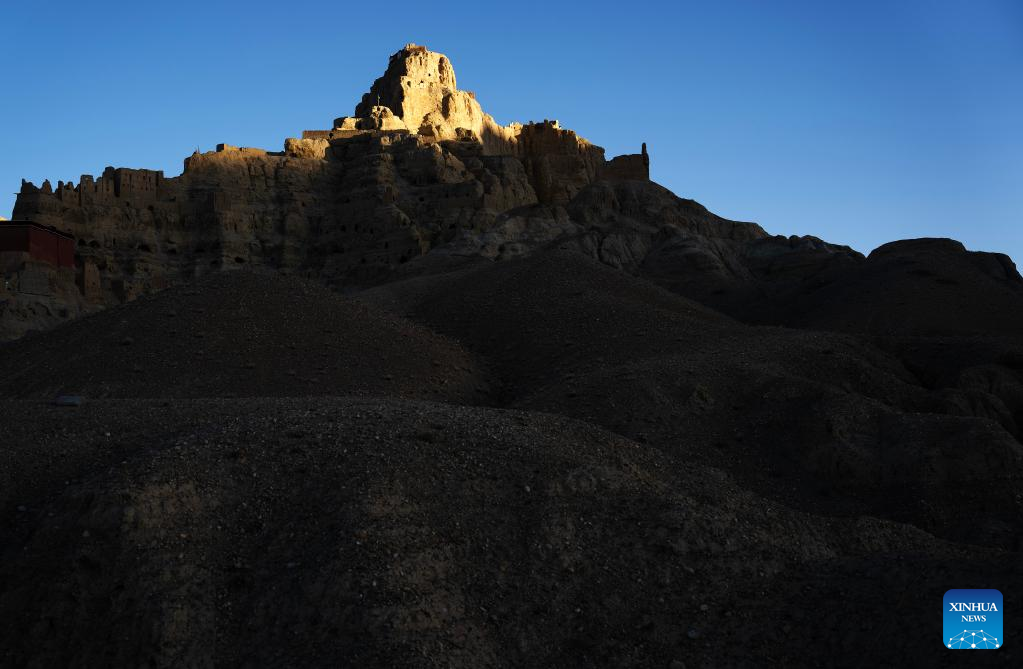
Beizhai Ruins.
Planning Your Visit: A Practical Guide
Your Essential Guide to Visiting Beizhai Ruins
Nestled within the scenic Laoshan District of Qingdao, the Beizhai Ruins (北寨遗址) offer an intriguing glimpse into China’s rich historical tapestry. This site, known for its unique blend of Chinese culture and German architectural influences, is a must-visit for international travelers keen to explore the depths of Chinese history and heritage. Below is a comprehensive guide to help you plan your visit.
Getting There
- Location: Beizhai Ruins are located on Beizhai Street, Laoshan District, Qingdao 266100, China.
- Transportation:
- By Car: If you’re driving, the site is easily accessible via local roads. Parking is generally available near the entrance.
- Public Transport: Utilize local buses or taxis to reach the site. The bus network in Qingdao is efficient, and many routes service the Laoshan area.
- Guided Tours: Consider booking a private tour for a more personalized experience, which often includes transportation.
Best Time to Visit
- Optimal Seasons: The ideal times to visit are during spring (April to June) and autumn (September to November) when the weather is mild and the natural surroundings are particularly beautiful.
- Cherry Festival: If you visit in May, don’t miss the local cherry festival, which is a vibrant celebration of the region’s agricultural heritage. Be prepared for large crowds and potential traffic delays.

Beizhai Ruins.
What to Expect
- Cultural Significance: Beizhai Ruins reflect the historical interactions between Chinese culture and European influences, particularly evident in the architecture.
- Exploration: The site is expansive, with various structures and ruins to explore. Allow yourself sufficient time to wander and take in the rich history.
- Photography Opportunities: The unique architecture and scenic backdrop of Laoshan Mountain provide stunning opportunities for photography. Don’t forget your camera!
Visitor Information
- Opening Hours: The Beizhai Ruins are open 24 hours a day, allowing for flexible visiting times. However, be mindful of local light conditions for an optimal experience.
- Admission Fees: There may be no entrance fee, making it an accessible option for all travelers. Always check local guidelines before your visit.

Beizhai Ruins.
Nearby Attractions
Enhance your cultural experience by exploring the following nearby attractions:
- Laoshan Scenic Area: Famous for its natural beauty and Taoist temples, it’s a perfect spot for hiking and spiritual exploration.
- Qingdao Beer Museum: Discover the history behind China’s famous Tsingtao beer, located just a short drive away.
- Zhanqiao Pier: Experience scenic views and the iconic architecture of Qingdao’s coastline.
Dining and Accommodation
- Local Cuisine: Be sure to sample local dishes at nearby restaurants. The seafood in Qingdao is particularly renowned, thanks to its coastal location.
- Where to Stay: A range of accommodations is available, from luxury hotels to budget-friendly hostels. Consider staying in the Laoshan District for easy access to the ruins and surrounding attractions.
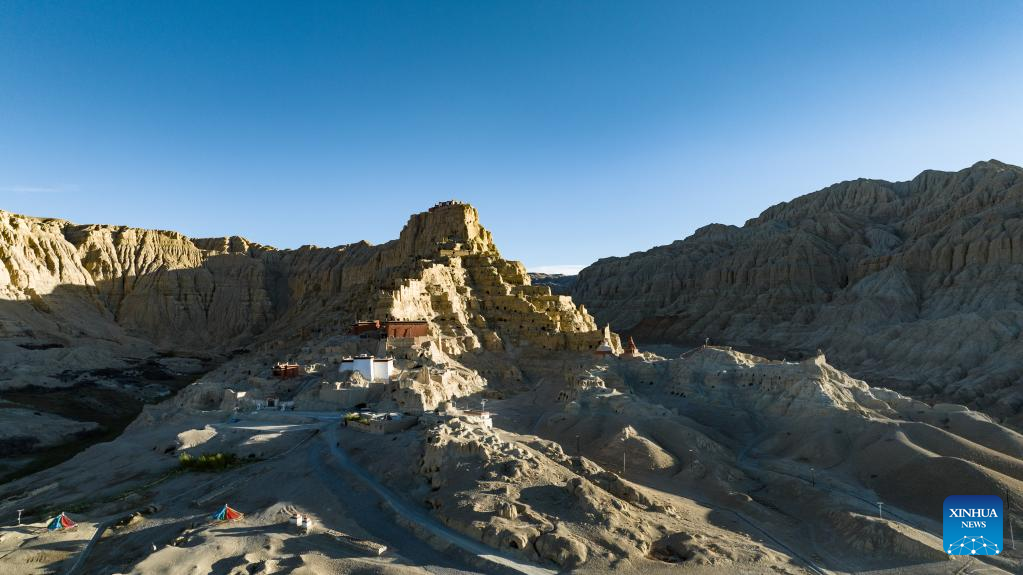
Beizhai Ruins.
Travel Tips
- Language: While many locals may speak basic English, learning a few phrases in Mandarin can enhance your experience and interactions.
- Cultural Etiquette: Be respectful of the site and local customs. Dress modestly, especially when visiting temples or religious sites.
- Safety: As with any travel, keep an eye on your belongings and be aware of your surroundings, especially in crowded areas during festivals.
By following this guide, you will be well-prepared to immerse yourself in the historical and cultural wonders of the Beizhai Ruins. Your journey through Qingdao’s past awaits!
Tickets: Prices, Booking, and Tips
Visiting Beizhai Ruins: Ticket Information, Booking, and Helpful Tips
Exploring the Beizhai Ruins (北寨遗址) in Qingdao is an enriching experience that allows travelers to delve into China’s fascinating historical tapestry, particularly the fusion of German and Chinese architectural traditions. Before embarking on your journey, it’s essential to know the ticketing details, booking options, and some handy tips to enhance your visit.
Ticket Prices
- General Admission: The entrance fee for Beizhai Ruins is typically around 30 RMB (approximately $5 USD). This modest fee grants access to the historical site and its surrounding scenic beauty.
- Discounted Tickets: Be sure to check for any discounts available for students, seniors, or groups, which may reduce the cost significantly. It’s wise to carry appropriate identification to avail of these offers.
Booking Information
- Advance Booking: While tickets can often be purchased at the entrance, it is advisable to book in advance during peak seasons (spring and autumn) when visitor numbers can surge. Popular online platforms such as Trip.com or Viator may offer advance booking options for convenience.
- Guided Tours: Consider booking a guided tour that includes the Beizhai Ruins as part of a broader itinerary. These tours often provide in-depth insights into the history and significance of the site, making the experience even more enriching. Prices for guided tours can range from $200 to $300 USD per person, depending on the inclusions like lunch and transportation.
Visiting Hours
Beizhai Ruins is open 24 hours, making it flexible for visitors to explore at their convenience. However, visiting during daylight hours is recommended for the best experience and photography opportunities.
Tips for an Enjoyable Visit
-
Timing Your Visit: Early mornings or late afternoons are ideal for visiting, as you can enjoy the serene atmosphere and avoid the crowds. This timing is also perfect for capturing stunning photographs bathed in soft lighting.
-
Dress Comfortably: Wear comfortable shoes and clothing, as you may be walking on uneven terrain and exploring the ruins extensively. A hat and sunscreen are also advisable, especially in the summer.
-
Explore the Surroundings: Don’t miss out on the adjacent Laoshan District, known for its beautiful mountain landscapes and cultural sites. Plan to spend additional time in the area to fully appreciate its offerings.
-
Cultural Respect: While exploring the ruins, be mindful of local customs and practices, especially if you encounter any religious sites or rituals. Respect for the historical significance of the ruins is paramount.
-
Photography: Capture the unique blend of architectural styles and the natural beauty surrounding the ruins. However, always be respectful of other visitors and avoid obstructing pathways.
-
Stay Hydrated: Bring water with you, especially during warmer months, as walking around can be more demanding than expected.
By following these guidelines and equipping yourself with the necessary information, your visit to the Beizhai Ruins will be both enjoyable and enlightening. Prepare to be transported back in time as you explore this remarkable piece of Chinese history!
How to Get There: A Complete Transportation Guide
Navigating Your Way to Beizhai Ruins
Visiting the Beizhai Ruins (北寨遗址) is not just a journey to an ancient site; it’s an opportunity to delve into the rich tapestry of Chinese history nestled within the picturesque landscape of Qingdao. To ensure a smooth and enriching experience, here’s a comprehensive transportation guide to help you reach this fascinating destination.
Getting to Qingdao
By Air:
The nearest major airport is Qingdao Liuting International Airport (TAO), located approximately 35 kilometers from the city center. This airport serves numerous domestic and international flights, making it a convenient entry point for travelers from around the world.
- Transfer Options from the Airport:
- Taxi: The quickest way to reach the city center is by taxi, which typically costs around 100-150 RMB and takes about 40 minutes.
- Airport Shuttle: A more economical option is the airport shuttle bus, which connects to various locations in Qingdao for approximately 20 RMB.
By Train:
Qingdao is well-connected by rail, with the main train station located in the city center. High-speed trains from major cities like Beijing and Shanghai can get you to Qingdao in just a few hours.
- From Qingdao Train Station to Beizhai Ruins:
- Taxi: Approximately 40-50 RMB and a 30-minute ride.
- Public Bus: Take Bus 321 from the train station to the Laoshan District, then transfer to a local bus towards Beizhai.
Reaching Beizhai Ruins
Once you arrive in Qingdao, getting to the Beizhai Ruins is relatively straightforward. Here are the best options:
1. Taxi or Ride-Hailing Services:
– Simply input “Beizhai Ruins” in your preferred ride-hailing app (e.g., Didi Chuxing) or instruct your taxi driver. The fare from central Qingdao is around 60-80 RMB, and the trip takes about 25-30 minutes.
2. Public Transportation:
– Bus: Take Bus 304 from the city center to the Beizhai stop. This is an economical option, costing approximately 2 RMB, but be prepared for a longer journey of about 50 minutes.
3. Guided Tours:
– If you prefer a more structured experience, consider booking a guided tour that includes transportation. Many local operators offer packages that cover transportation, a knowledgeable guide, and sometimes additional attractions in the area.
Tips for a Smooth Journey
-
Language: While many signs in Qingdao are bilingual, learning a few basic Mandarin phrases can enhance your experience, especially when communicating with taxi drivers or local residents.
-
Cash and Payments: Although mobile payments are popular in China, it’s advisable to carry some cash (RMB) for smaller purchases or transportation.
-
Timing Your Visit: Be mindful of local holidays and festivals, as these can lead to increased crowds and traffic. The cherry festival, for instance, attracts many visitors and may result in traffic congestion.
-
Explore Nearby Attractions: The Beizhai Ruins are situated near other notable sites such as the Laoshan Scenic Area and Qingdao Beer Museum, making it easy to combine your visit with other cultural experiences.
Embarking on your journey to the Beizhai Ruins will not only connect you with ancient Chinese history but also immerse you in the stunning natural beauty of Qingdao. With this transportation guide in hand, you’re well-prepared to explore this remarkable destination with ease. Safe travels!
Local Cuisine and Accommodation Nearby
Nestled in the picturesque Laoshan District, the Beizhai Ruins (北寨遗址) not only offer a glimpse into China’s rich history but also present a fantastic opportunity to indulge in local cuisine and explore comfortable accommodations. Here’s a guide to savor the flavors and find a cozy place to rest after a day of exploration.
Culinary Delights Nearby
1. Local Specialties:
– Qingdao Beer: No trip to Qingdao is complete without sampling its world-famous beer, particularly the locally brewed Tsingtao. Pair it with some of the region’s seafood dishes for a perfect culinary experience.
-
Seafood Markets: The coastal proximity means that fresh seafood is abundant. Visit the local markets, where you can choose from a variety of fish, crabs, and shellfish, often prepared right before your eyes.
-
Jiaozhi (饺子): Dumplings are a staple in Chinese cuisine, and in Qingdao, you can find unique variations. Look for local restaurants that serve them with a range of fillings, from meats to vegetables.
-
Grilled Skewers: Street vendors often offer delightful grilled skewers, which make for a quick and tasty meal. Look for options such as lamb, chicken, and vegetables seasoned with spices.
-
Noodle Dishes: Try the local hand-pulled noodles, which are often served in a savory broth or stir-fried with fresh vegetables and your choice of protein.
2. Recommended Restaurants:
– Beizhai Manor Restaurant: Located close to the Beizhai Ruins, this restaurant combines traditional Chinese decor with beautiful views of the surrounding landscape. The menu features local specialties, making it an ideal pitstop.
-
Qingdao Seafood Restaurant: Known for its fresh seafood and vibrant atmosphere, this spot offers various dishes that highlight the region’s maritime bounty.
-
Da Yu Noodle House: A beloved local eatery, Da Yu specializes in hand-pulled noodles with a variety of toppings. The cozy setting is perfect for a hearty meal after a day of sightseeing.
Resting Your Head
1. Nearby Accommodations:
– Qingdao Laoshan Beizhai Manor: This charming manor is not only a great place to stay but also a cultural experience in itself. With its blend of traditional Chinese architecture and modern comforts, it offers an elegant atmosphere. Guests can enjoy beautiful gardens and easy access to the Beizhai Ruins.
-
Huashilou Hotel: Just a short drive from the ruins, this hotel boasts stunning views of Laoshan Mountain. The rooms are well-appointed, and the on-site restaurant serves delicious local fare.
-
Blue Horizon Hotel: Located conveniently in the Laoshan District, this hotel offers comfortable accommodations with modern amenities. It’s a great base for exploring the area and comes highly recommended for its service and cleanliness.
-
Local Guesthouses: For a more intimate experience, consider staying at one of the local guesthouses. Many offer home-cooked meals and personalized service, allowing you to immerse yourself in the local culture.
Conclusion
Visiting the Beizhai Ruins is not just about exploring ancient history; it’s a chance to dive into the delightful flavors and hospitality of Qingdao. Enjoy the local cuisine and find a comfortable place to unwind, making your journey through China’s rich tapestry of history and culture truly memorable.
Frequently Asked Questions
Frequently Asked Questions about Beizhai Ruins (北寨遗址)
1. What are the Beizhai Ruins?
The Beizhai Ruins are an ancient archaeological site located in the Laoshan District of Qingdao, China. These ruins offer a glimpse into the region’s rich history, showcasing remnants of structures that reflect a blend of traditional Chinese and German architectural influences, a testament to Qingdao’s unique colonial past.
2. How do I get to the Beizhai Ruins?
The Beizhai Ruins are accessible by various modes of transportation. If you’re in Qingdao, you can take a taxi or ride-sharing service directly to the site. Public buses also serve the area, making it convenient for travelers. Make sure to check local bus schedules for the best route.
3. What are the opening hours of the Beizhai Ruins?
The Beizhai Ruins are open 24 hours a day, making it possible for visitors to explore at their convenience. However, it’s advisable to visit during daylight hours to fully appreciate the site’s historical significance and surrounding natural beauty.
4. Is there an admission fee for visiting the Beizhai Ruins?
Entry to the Beizhai Ruins is free of charge. This makes it an excellent option for travelers looking to explore Qingdao’s history without incurring additional costs.
5. What should I wear when visiting the Beizhai Ruins?
Comfortable walking shoes are highly recommended, as the terrain can be uneven and may require some light hiking. Additionally, dressing in layers is wise, as the weather can change throughout the day, especially in the coastal region.
6. Are there any guided tours available?
Yes, several local tour operators offer guided tours that include the Beizhai Ruins as part of broader itineraries exploring Qingdao’s historical and cultural landmarks. These tours often provide insightful commentary on the site’s history and significance.
7. What other attractions are near the Beizhai Ruins?
The Beizhai Ruins are situated near several other notable attractions, including the Laoshan scenic area, Qingdao Beer Museum, and Badaguan Scenic Resort. Visitors can easily plan a full day of exploration by combining these sites.
8. Is the Beizhai Ruins suitable for families with children?
Absolutely! The Beizhai Ruins are a family-friendly destination. The open space allows children to explore safely, and the historical context provides an educational experience that can engage visitors of all ages. However, parents should keep an eye on younger children, especially in uneven areas.
Final Thoughts on Your Trip
As you conclude your journey through the enchanting Beizhai Ruins, take a moment to reflect on the rich tapestry of history and culture that this site embodies. Nestled in the breathtaking landscapes of Qingdao’s Laoshan District, Beizhai serves as a remarkable testament to the confluence of Chinese heritage and international influences, particularly the German architectural styles that pepper the area.
Embrace the Experience:
- Cultural Fusion: The juxtaposition of traditional Chinese elements with Western architecture offers a unique perspective on Qingdao’s historical narrative.
- Natural Beauty: Surrounded by the striking backdrop of Laoshan Mountain, the ruins provide not just a glimpse into the past, but also an opportunity to connect with nature.
- Local Delights: Don’t miss the chance to savor local delicacies, from fresh cherries during the harvest season to the famed Tsingtao beer, enhancing your cultural experience.
Visiting Beizhai is not merely an excursion; it is an invitation to engage with the stories that shaped this region and its people. As you take your leave, carry with you the memories of ancient stone paths, vibrant cherry blossoms, and the gentle whispers of history that linger in the air.
Final Thoughts:
Your experience at Beizhai Ruins is bound to ignite a desire to explore further—whether it’s delving deeper into Qingdao’s historical districts, hiking the majestic trails of Laoshan, or tasting more of the local flavors. Each step you take unveils a new facet of this beautiful city, rich in history and alive with culture.
So, as you head back home or onward to your next adventure, remember that the echoes of Beizhai will accompany you, inspiring a deeper appreciation for the intricate mosaic of human history and cultural exchange. Safe travels!